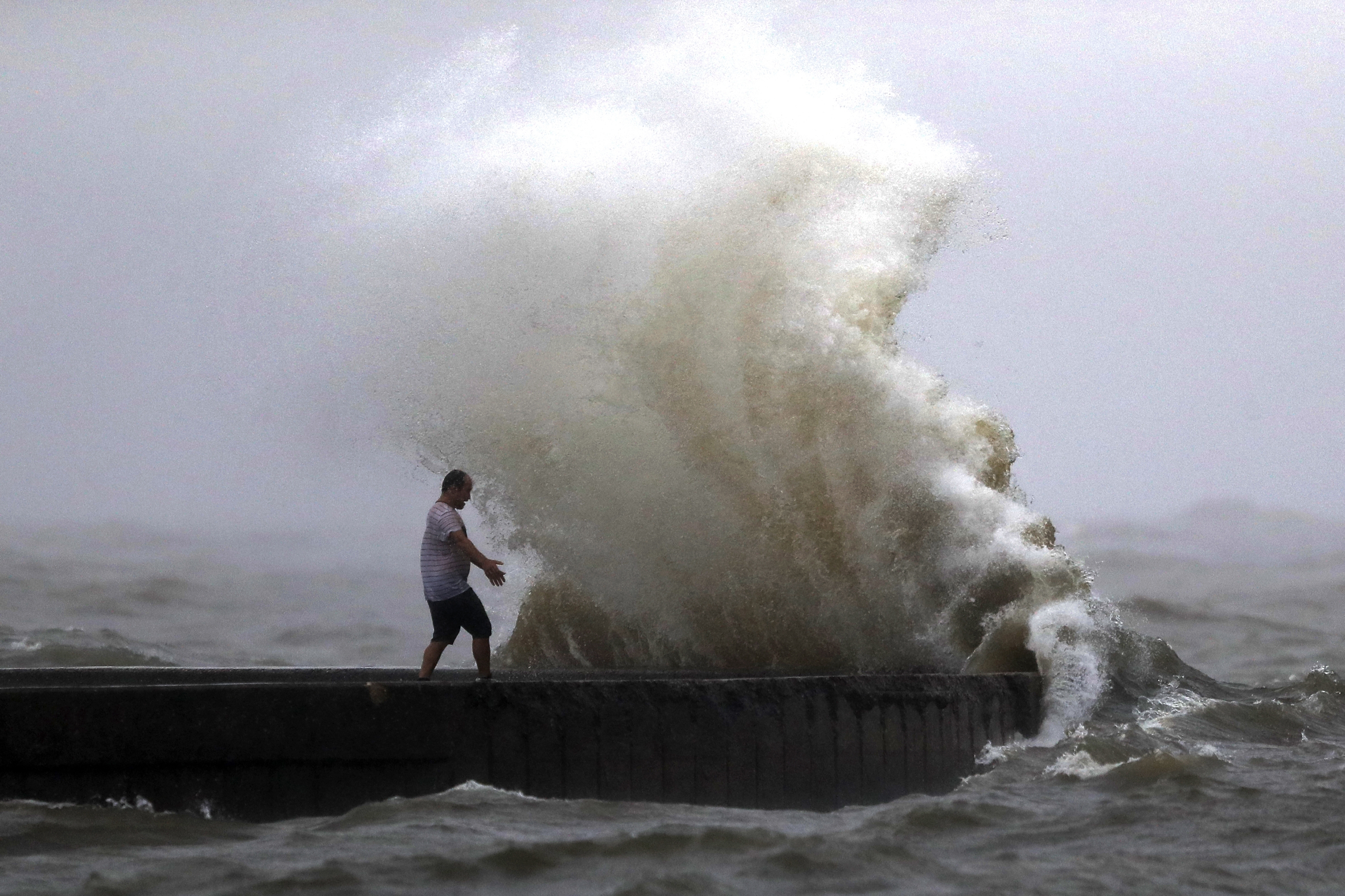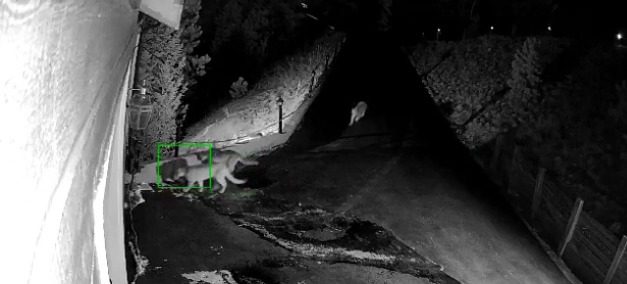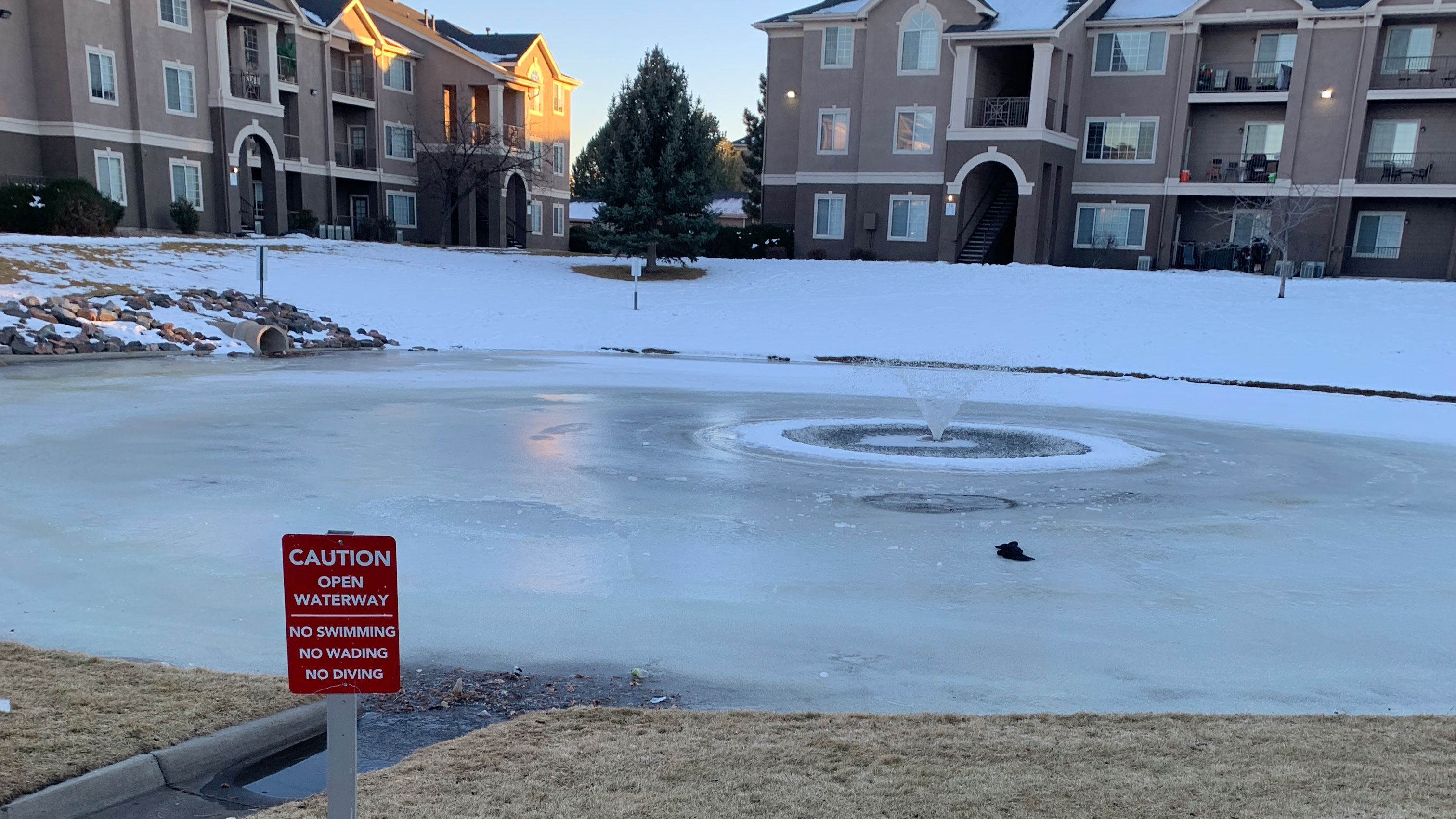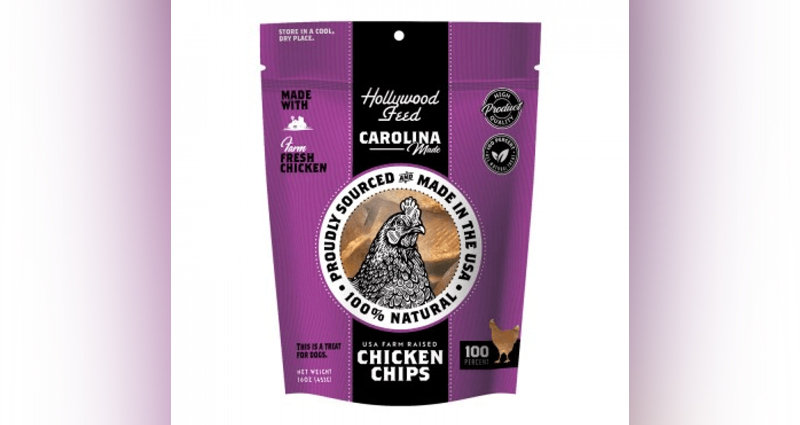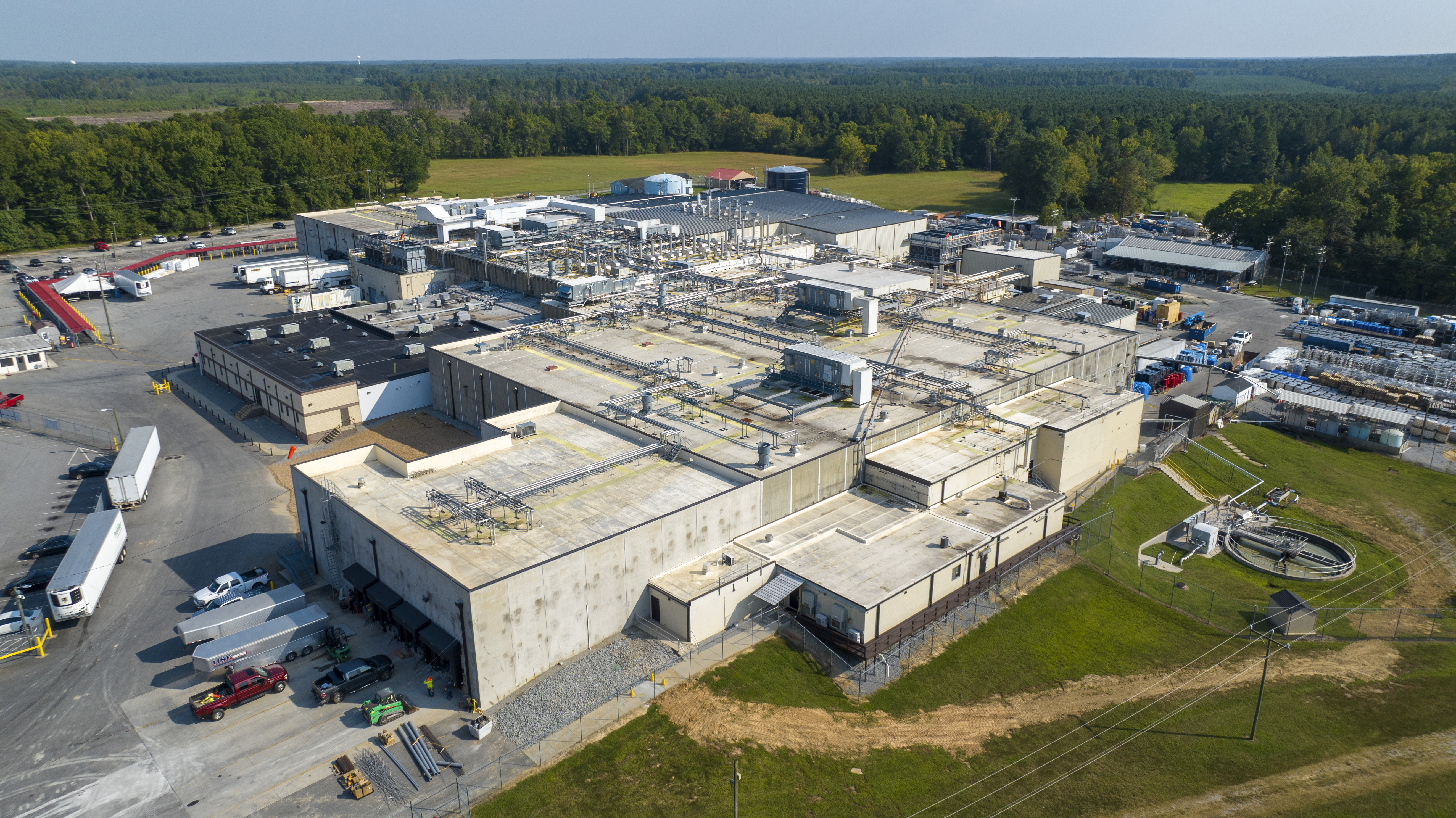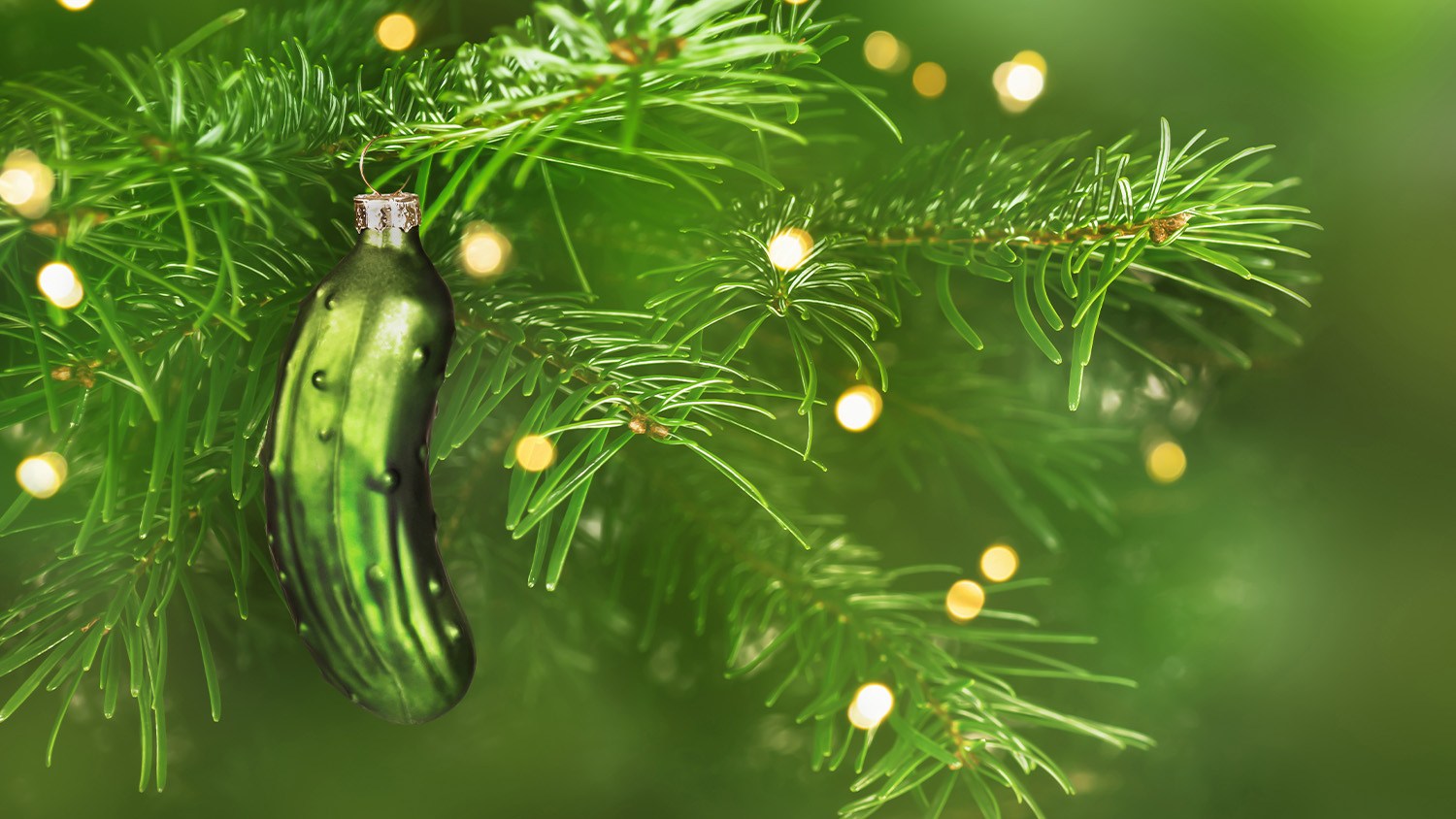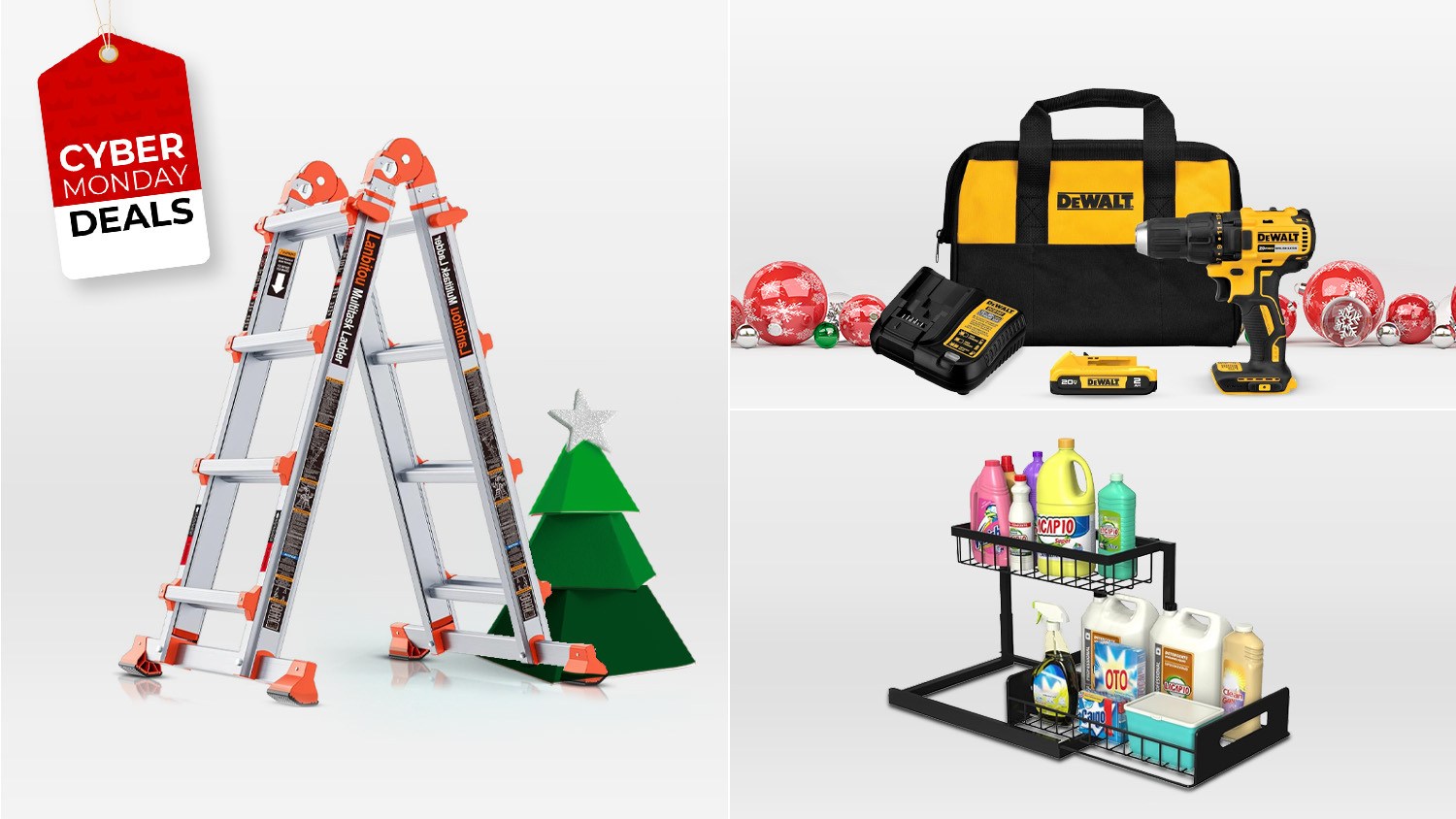HAMPTON ROADS, Va. (WAVY) — Hampton Roads is expected to experience extreme heat all summer long, with the region’s residents getting a taste this past weekend of what’s to come. And while the warmer weather may be taking its toll on people, it’s also impacting vegetation.
The persistent heatwave is causing concerns for those who keep both indoor and outdoor plants at their homes. So, what can we do to keep plants alive? And, is hydrating them enough?
10 On Your Side spoke with Plant Norfolk to answer those budding questions.
“You should water in the mornings or the afternoons when the sun is not at its hottest and try to avoid spraying water on the foliage because that can actually cause them to get a little bit burned,” said Heather Anderson, owner of Plant Norfolk. “Try to focus your watering on the soil.”
While most tropical plants can handle the heat, she said those kept indoors are too fragile for the hot temperatures. However, the good news is that there are ways to prep them ahead of the summer season each year.
“You can put them out there and acclimate them a little bit at a time in the evenings,” Anderson said. “You can do like an hour the first day and maybe two hours a second day, something like that, where you can acclimate your plants to the sun. Any leaves that are grown outdoors can have more of a protective coating on them, so they do better.”
The plant shop owner also provided several signs you can spot early on that may signal your plant could be dying from heat stress.
“If your plants are outdoors, you probably will have to water them every day in this kind of heat,” she said. “Watch out for drooping leaves, yellowing leaves or brown spots on their that could indicate that they’re sunburned. But drooping leaves, you’ll definitely need to water them.”
According to Anderson, even the pots your plants are in make the difference in there longevity.
“Black colored ones, metal planters and terracotta planters will lose moisture the quickest,” she said. “So look for a light-colored ones or ceramic ones that can hold in moisture a little bit better.”
Other helpful tips to keep in mind is to space out fertilizing, be mindful of thermostat temperatures and add as much humidity as possible.
